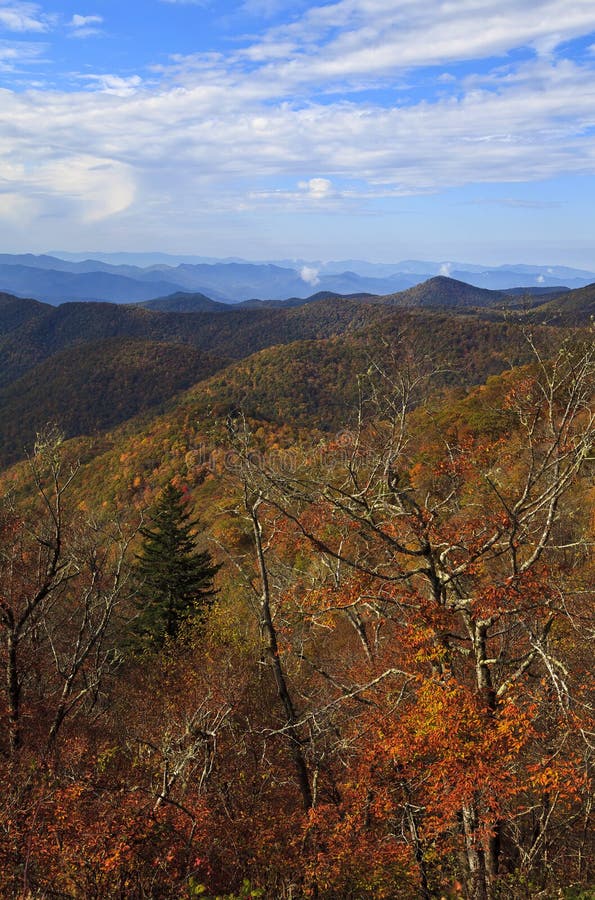
Almost one-third of the population of this region is fighting poverty. Bison and grizzlies can be found in the northern parts of the Rockies.Most of the land in the Appalachian is a rural area and the livelihood of the people in this region depends upon forestry, heavy industry, agriculture, and mining. Grizzly bears and bison have been extirpated from the park during the 19th and 20th centuries. Lynx and wolverines may live in the park, but they are rare if they do. Notable animals include moose, mountain lions, elk, bighorn sheep, bobcats, black bears, and more. On the other side, the Rocky Mountain National Park is home to around 67 mammal species native to the area. The area was once home to bison, elk, mountain lion, gray wolf, red wolf, fisher, river otter, and Peregrine Falcon, but these are now gone. The Smokies have also been called the "Salamander Capital of the World," with 30 salamander species living there.

The most famous resident of the Smokies is arguably the American Black Bear - with around 1,500 black bears living in the park. It is home to around 65 species of mammals (along with 200 types of birds and 67 native fish species). The Great Smoky Mountains are a critical sanctuary for a large variety of animals. But still, there is plenty of wildlife to be found in the Appalachian Mountains. It should come as no surprise that the Rockies are home to a larger range of larger iconic North American wildlife.

These renowned ranges were first formed 80 million to 55 million years ago (in the later history of the dinosaurs and after their extinction - from the Cretaceous to the Paleogene Period). These monsters stretch for an impressive 3,000 miles from the northernmost part of western Canada to New Mexico - although their exact definition is a matter of debate. The Rockies are the "younger" of the two mountain ranges in the USA. Rocky Mountains - The Younger Mountain Range


 0 kommentar(er)
0 kommentar(er)
